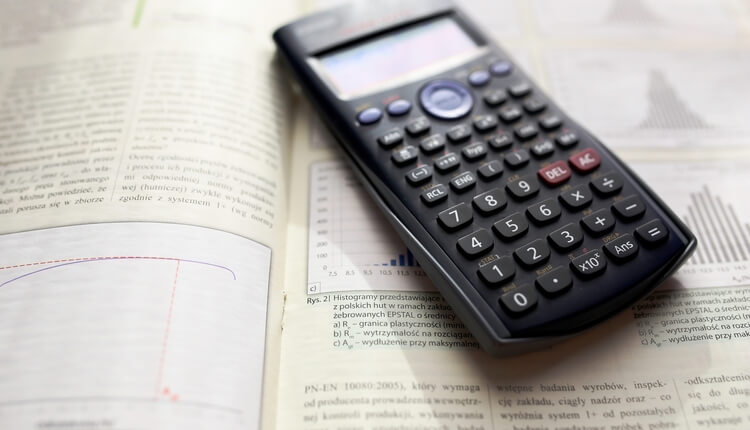Tips for Citing Figures and Tables in a Manuscript

During the preparation of your research article or thesis, you may choose to include figures and tables to illustrate key points. Similar to using information from a journal or other source, it is important that these items are correctly cited and listed in the references. If you created the table or image yourself, you would not include it in the reference list. You need to refer to the table or image two times. First, there should be, a brief mention of the table or figure in the text preceding its placement in your document. This should explain why the table or image was included or what major point the table or image is helping you to make. Just above the table or image, there should be an appropriate, descriptive title. The title should help the reader make sense of the information in the table or image.
If you are writing a thesis and there are many tables or figures, you would create a List of Figures and a List of Tables with their associated page numbers. Tables and scientific figures you have created would be included in these lists but excluded from your reference list. If you create a table based on data from other sources, the accompanying caption should detail the sources used. It may be appropriate, to use superscript numbers or letters to allow your readers to identify exactly which article or book each item in your table was first presented in, especially if this table was created using data from many sources. Again, depending on the format, you may be able to use the first column in your table to list the reference associated with data in each row.
Citing Others’ Tables
You may also choose to include scientific tables in your writing that have been obtained from other sources. In this case, in addition to mentioning the diagram in the text and giving it a descriptive caption, it would also need to be cited in the reference list. There are many variations in the way this is done so it is best to consult the style guide prescribed by the journal for which you are writing. This will help you to conform exactly to their preferences.
In general, the descriptive title will be placed near the table (either immediately above or below it, depending on the style used). The tables should be numbered sequentially. There should be an indication of the source of the table which may be included below the table. The information concerning the source should be enough to allow the reader to find the original source of the diagram. The author(s), year of publication, and the journal or book in which it was published should be included. If the scholarly article being written is made publicly available, then you should obtain permission from the original authors to reprint their data. The fact that you have permission to use the diagram should be included in the note below the table.
Note. Reprinted from “Title of Article,” by A. Surname, Year, Journal Title, Volume(issue), page number. Copyright (year) by title of publisher.
OR
Note. Reprinted from Title of Book (p. xx), by A. Surname, Year, Place of Publication: Publisher. Copyright (year) by title of publisher.
If the diagram was obtained online, similar details will need to be provided along with the website from which the diagram was retrieved.
Note. A. Surname. (Year). Title of Webpage. [Table] Retrieved from http://www.sourceofdata.com.
The third place where the table should be mentioned is in the reference list. Much like the note below the table, as much detail as possible should be presented in the reference list. The only difference is that the phrase “reprinted from” would be excluded.
For example:
Surname, A. A., (year). Title of article. Title of Journal, volume(issue), page(s). Retrieved from URL (if the article was obtained online. Otherwise, this section would be omitted).
Citing Images
The purpose of citing an image, similar to citing a table, is to give credit to the original author for their work and allow your readers to find the original image. Like tables, images should be mentioned three times. The descriptive title and presentation in the reference list are similar to what is required for tables. The caption revealing the source is still placed below the image but the information in the caption can vary depending on your style guide.
Figure 1: Questions the Literature Review can Answer (The Learning Centre 2007)
Figure X. Descriptive title for figure. Reprinted from “Title of Article,” by A. Author, B. Author, and C. D. Author, Year, Journal Title, Volume(issue), page number. Copyright (year) by title of publisher.
OR
Figure X. Descriptive title for figure. Reprinted from Title of Book (p. xx), by E. F. Author, Year, Place of Publication: Publisher. Copyright (year) by title of publisher.
OR
Figure X. Title of Image. Reprinted [or adapted] from Title of Website, by A. A. Author and B. B. Author, Year, Retrieved from URL. Copyright (year) by title of publisher.
Key Points
Many authors are familiar with citing the ideas of others using a preferred citation style such as American Psychological Association’s style guide (APA) or the Chicago Manual of Style (CMOS). It is important to remember that photographs, diagrams, comic strips, and tables also represent intellectual property and need to be cited. The key to proper citation is to determine which reference citation style is preferred by the academic journal or university that you are writing for. Following that citation style guide closely will ensure that your diagrams are cited with the same level of precision as other ideas in your text.









